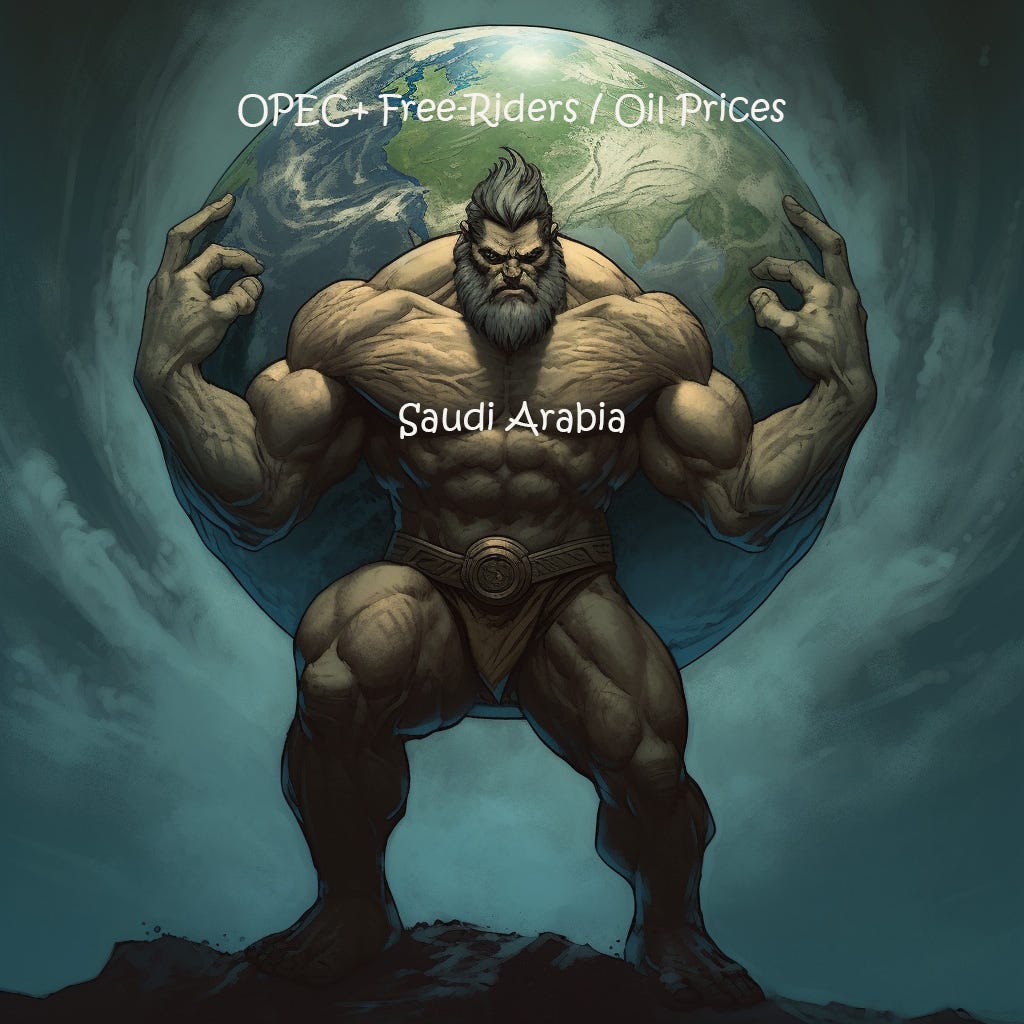Re: Oil/Investing - Lessons From The Oil Patch / Will Atlas Shrug?
This is a retrospective on some of the lessons I've learned over my career in investing and hedging in the Oil & Gas space.
Investing in cyclical industries, especially Commodity Cyclicals, can be a very tricky business. You can get the Micro-fundamentals right but get killed by Macroeconomic Black Swans. Conversely, you can get the Macro direction right but still get blindsided by Micro issues at the Company/Regional level and/or unexpected Geopolitical developments.
This is



